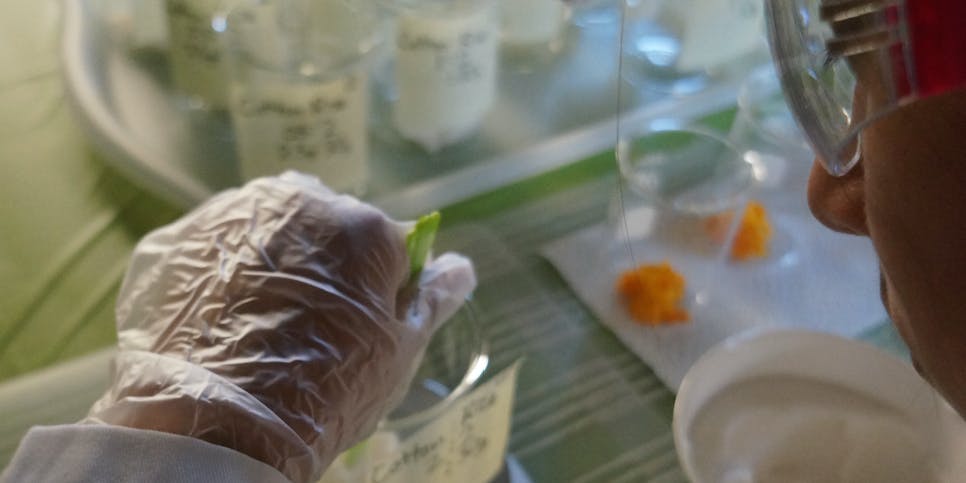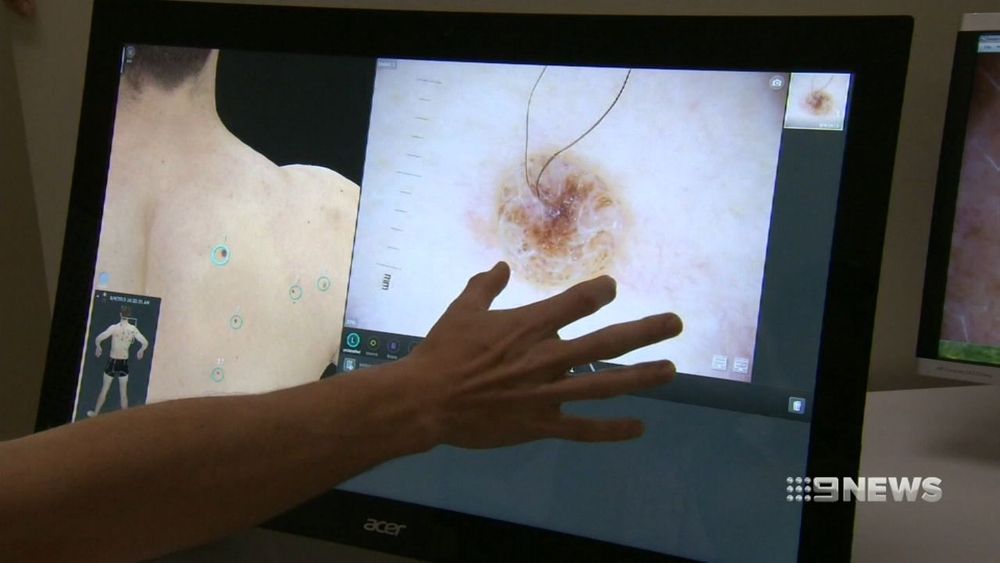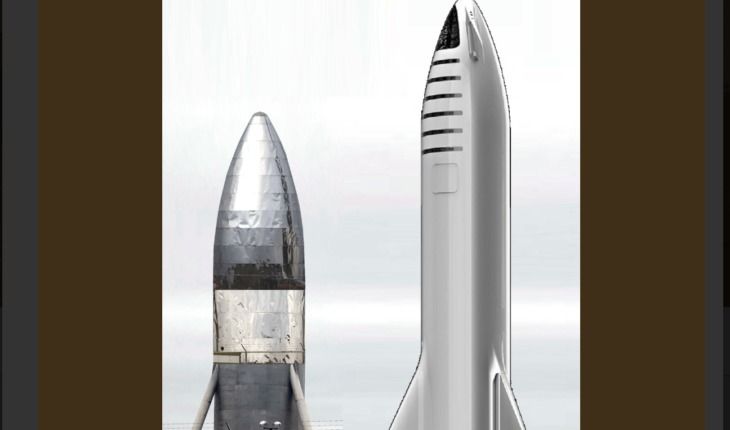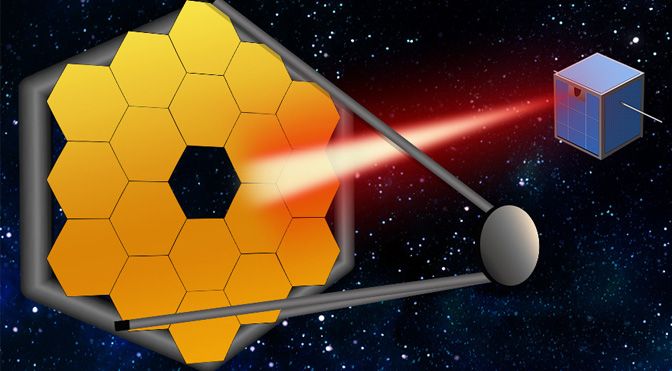Jan 5, 2019
High Blood Pressure Implicated in Cognitive Impairment
Posted by Genevieve Klien in categories: biotech/medical, neuroscience
A new study has discovered that patients with high blood pressure and abnormalities in the periventricular white matter in the brain showed signs of cognitive impairment despite taking medication to lower their blood pressure.
High blood pressure has been linked to an increased risk for dementia, but what’s unclear is what kinds of subtle negative changes take place in the brain that may affect cognitive function, according to researchers. Finding new ways to detect minor types of cognitive impairment may help determine who is at risk for early-stage dementia, they noted.
In the study, researchers looked at 345 men and women with a median age of 65 who had high blood pressure.
Continue reading “High Blood Pressure Implicated in Cognitive Impairment” »

















